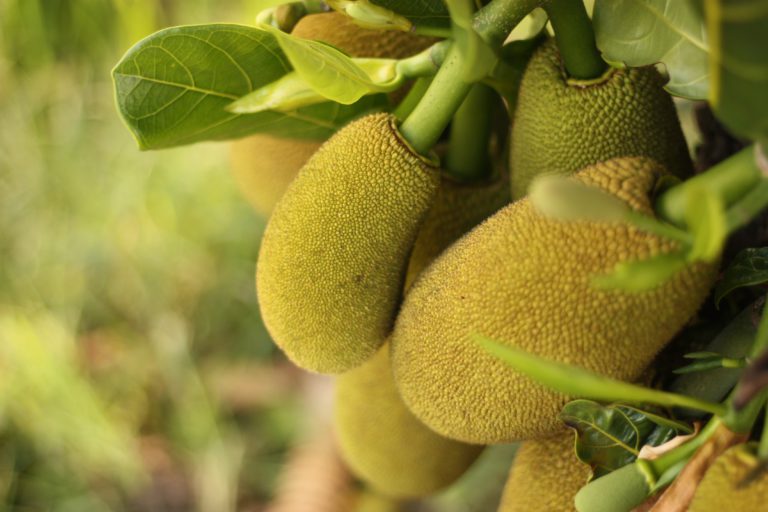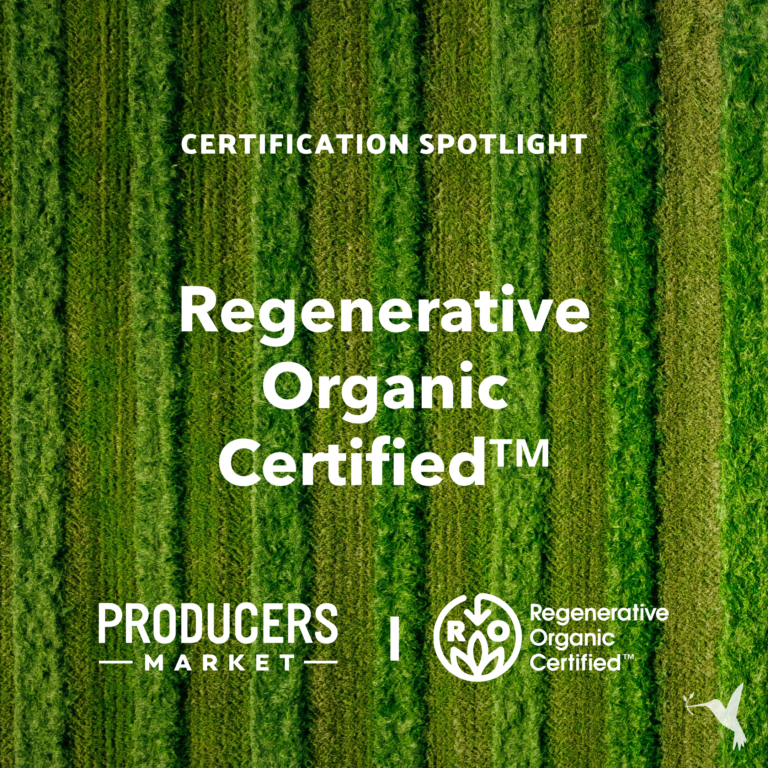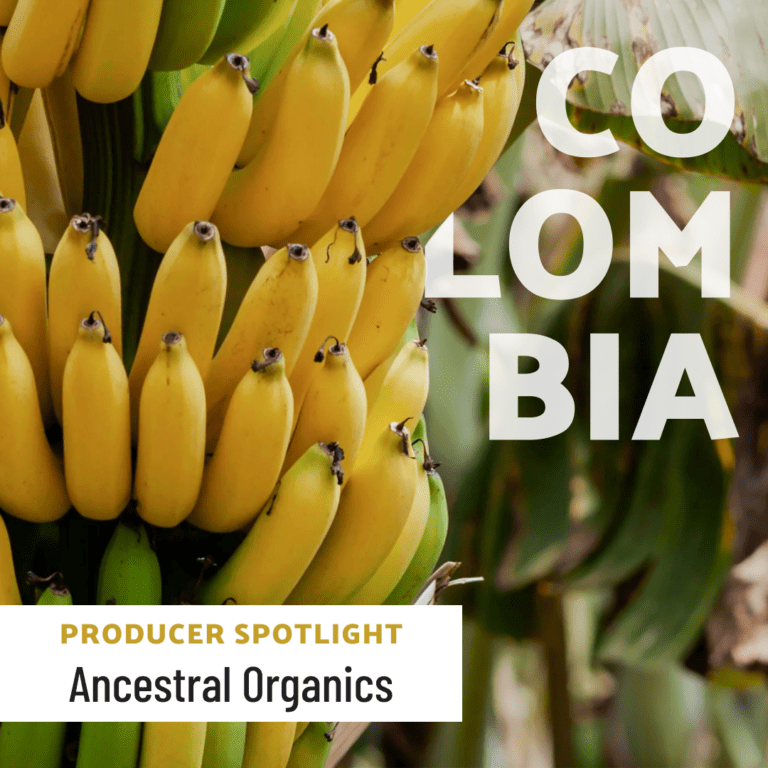Carbon Sequestration Might Be the Climate Solution We Need
But What Is It Exactly?
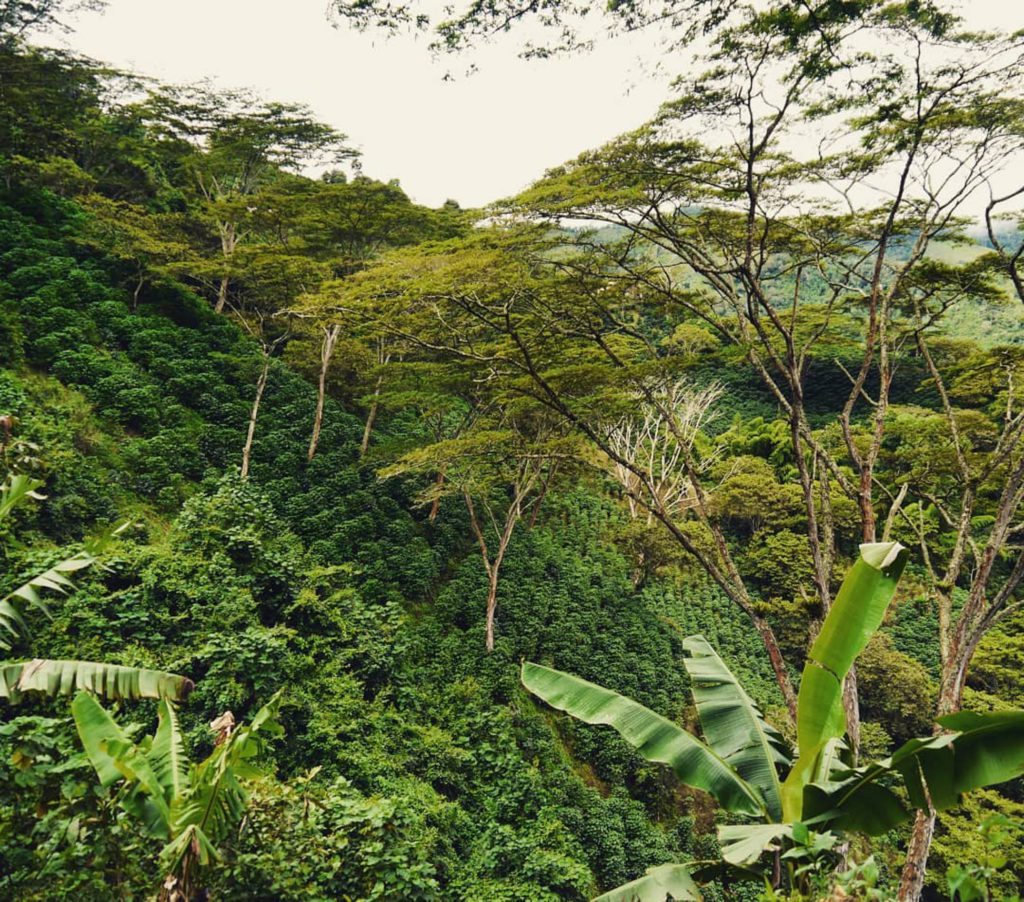
Unless you’ve been hiding under a metaphorical rock, you have doubtless heard about the climate crisis. From Greta Thornburg to climate deniers, the information and media attention about the climate crisis cover a lot of ground.
But have you heard of carbon sequestration? If you’ve taken a browse through our stories and profiles, you may have. Perhaps you have a bit of an idea of what it means. While many of us may have followed along with the tweets between a former U.S. president and Greta, we may not have more than a vague grasp of what carbon sequestration really is.
Let’s break it down for all us non-scientists.
In many ways, carbon is life. A chemical element, like hydrogen or nitrogen, carbon is a basic building block of biomolecules. It exists on Earth in solid, dissolved and gaseous forms.
Carbon dioxide is a heat-trapping gas. Both nature and human activities produce carbon dioxide. Man-made carbon dioxide comes from activities such as burning coal, natural gas and oil to produce energy. Biologic carbon dioxide can come from decomposing organic matter, forest fires, and other processes.
Carbon dioxide and other “greenhouse gasses” accumulate in the atmosphere, where they trap heat. This contributes to climate change.
Carbon Sequestration: The Basics
Some scientists want to mitigate the effects of warming in the atmosphere by learning how to capture and store excessive carbon dioxide. Carbon sequestration secures carbon dioxide to prevent it from entering the Earth’s atmosphere. The idea is to stabilize carbon in solid and dissolved forms. This in turn will prevent it from causing the atmosphere to warm. The process shows tremendous promise for reducing the human “carbon footprint.” The scientific community views this practice as an essential part of solving climate change.
There are two basic methods of carbon sequestration: direct and indirect. The direct method immediately binds carbon compounds at the source of formation before they enter the atmosphere. Bounded carbon stores for a long period of time in specially designated, environmentally friendly landfills. The second method of sequestration is indirect. This involves the use of plants and how they bind carbon dioxide during their process of photosynthesis. Another way is when carbon compounds remain in a soil environment. In these methods, sequestration can take place involving physical, chemical, or biological processes.
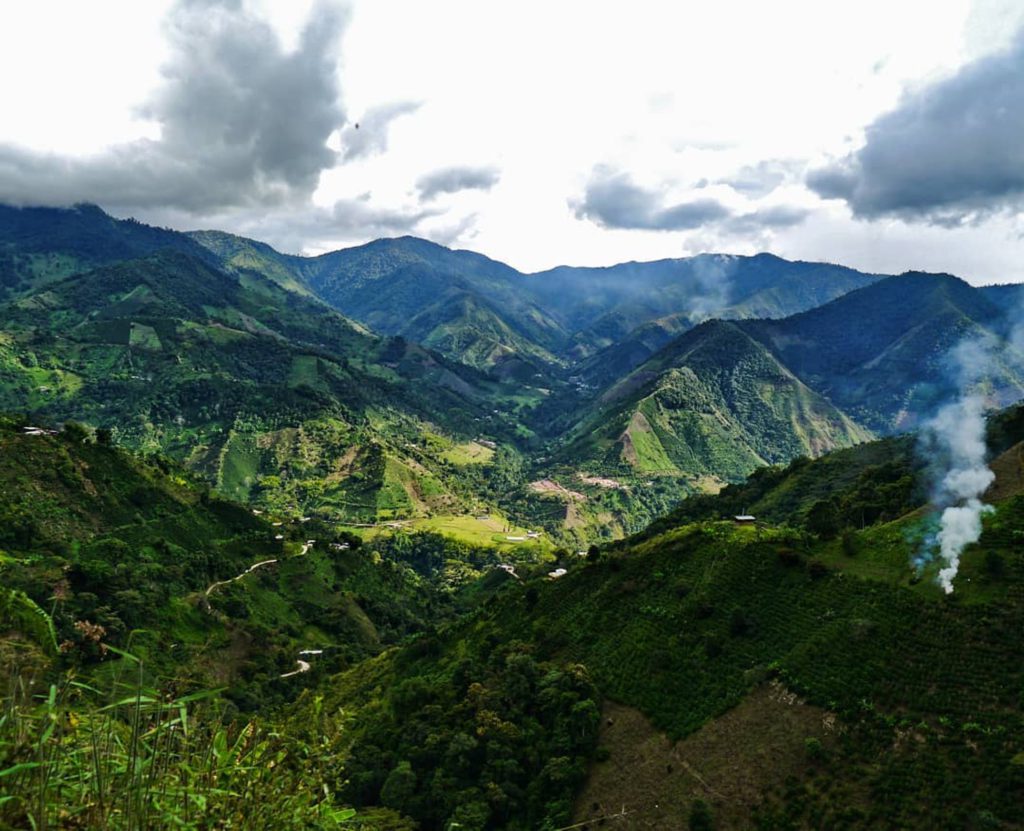
You may have noticed that we like to talk a lot about regenerative agriculture. That’s because it is full of great earth-friendly and creature-friendly qualities. Among them is carbon sequestration.
For example, rather than only emitting carbon, croplands can become a “carbon sink.” Scientific literature shows that regenerative agricultural practices can play a role in sequestering carbon. The goal is to make croplands more productive and resilient–mitigating the effects of climate change at the same time. All this while growing nutritious food for humans, of course.
Some Quick Facts:
- 45% of carbon outputs stays in the atmosphere. The rest is sequestered naturally by the environment.
- 25% of our carbon emissions have historically been captured by forests, farms, and grasslands. (Here is where regenerative agriculture comes into play!)
- 30% of the CO2 we emit is captured by the upper layer of the ocean.
Store it in the ocean! Good news, right? Well, except for a little effect called ocean acidification. Since, as we know, everything is connected in our vast, beautiful world, ocean acidification is a secondary consequence of too much carbon floating around the atmosphere. Ocean acidification is potentially harmful to all kinds of aquatic life forms, which are sensitive to subtle changes in their environment.
Who Is Working to Sequester Carbon?
But here is the good news, there are things to be done and people doing them. For example, our producer Noble Ocean Farms is farming kelp in the cool, crisp waters of Alaska. Kelp farming sequesters carbon and helps with food security for local, indigenous populations.

Kelp farming isn’t the only project we know of working with multiple solutions to carbon emissions. In addition to Noble Ocean Farms, there is Amazon Sustainable Forestry in Brazil. As a forestry management company, ASF Brazil’s operates with a multi-pronged strategy of acquiring land at depressed prices, and then preserving and transforming that land through sustainable harvesting and reforestation.
Then we have Jungle Project in Costa Rica, tackling deforestation from all angles. With their initiative to promote breadfruit production and stimulate local markets and palettes, they are addressing climate change, food insecurity, and responsible trade at once.
Climate change often seems like a problem too big to tackle. Luckily, many people and projects are doing small things to address it, from kelp to trees to market research. We are honored to know and connect with many of these projects and excited to connect you, too!
